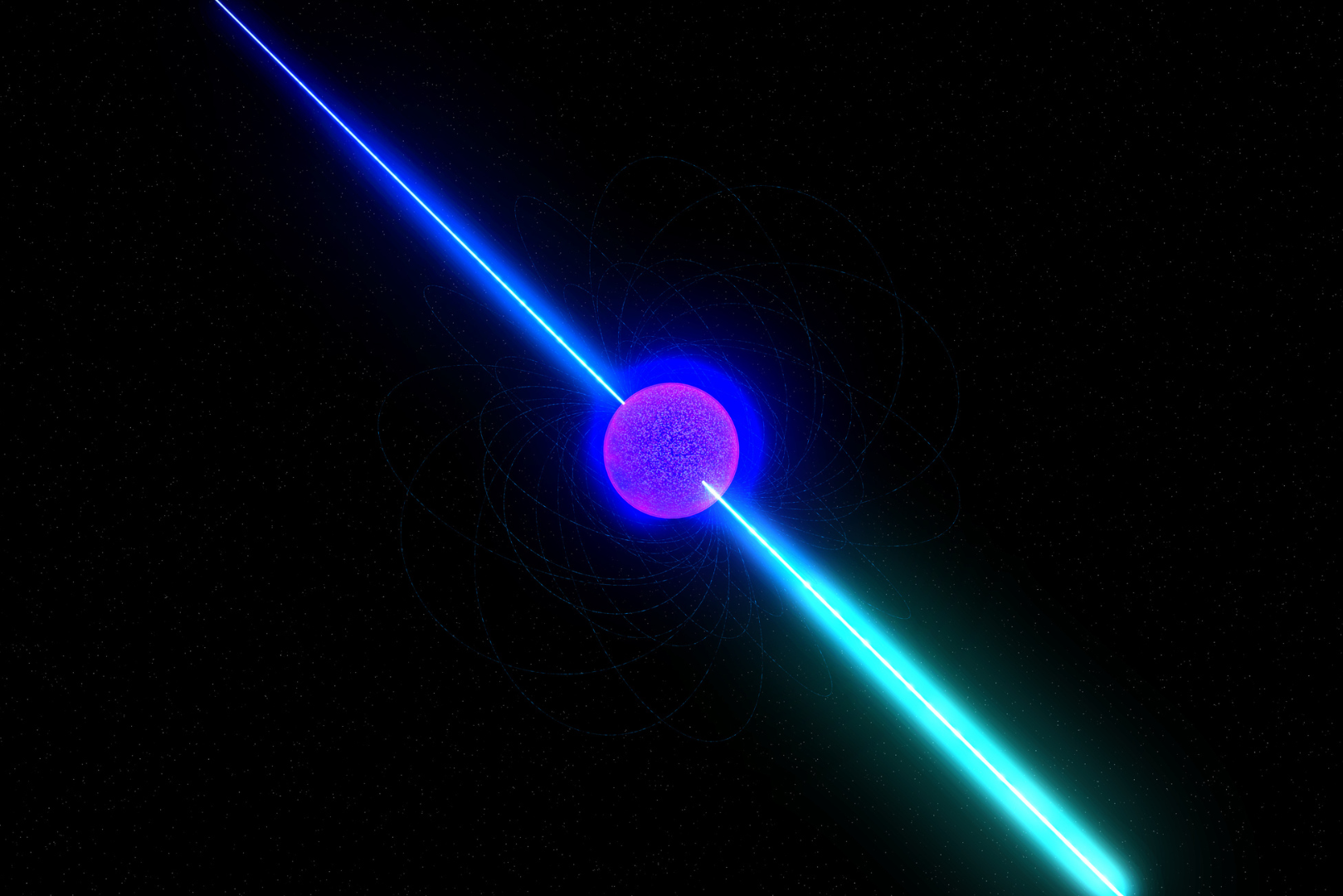Astronomers have discovered the brightest gamma-ray burst (GRB) ever recorded. Dubbed GRB 221009A, it sent an intense pulse of gamma-ray radiation through our solar system on October 9, 2022, overwhelming gamma-ray detectors on numerous orbiting satellites. The afterglow of GRB 221009A observed across radio waves and gamma-rays have provided new insights into the decades-long quest to understand the origin of these extreme cosmic explosions.
Edo Berger and Yvette Cendes of the Center for Astrophysics (CfA) rapidly gathered data with the Center for Astrophysics | Harvard & Smithsonian’s Submillimeter Array (SMA) in Hawaii as part of a campaign to use the world’s best radio and millimeter telescopes to study the afterglow of GRB 221009A. However, the astronomers were surprised after analyzing and combining the data from the SMA and other telescopes worldwide. The millimeter and radio wave measurements were much brighter than expected based on the visible and X-ray light, indicating the discovery of an entirely new mechanism to produce excess millimeter and radio waves.
While the details of this particular GRB remain unclear, the ability to respond rapidly to GRBs and similar events with millimeter-wave telescopes is an essential new capability for astronomers. Berger emphasized that without fast-acting radio and millimeter telescopes, such as the SMA, scientists would miss out on potential discoveries about the most extreme explosions in the universe.
This discovery was detailed in a study published in the Astrophysical Journal Letters.
References
- Laskar, T., Alexander, K. D., Margutti, R., Eftekhari, T., Chornock, R., Berger, E., Cendes, Y., Duerr, A., Perley, D. A., Ravasio, M. E., Yamazaki, R., Ayache, E. H., Barclay, T., Duran, R. B., Bhandari, S., Brethauer, D., Christy, C. T., Coppejans, D. L., Duffell, P., … Williams, P. K. G. (2023). The Radio to GeV Afterglow of GRB 221009A. The Astrophysical Journal Letters, 946(1), L23. https://doi.org/10.3847/2041-8213/acbfad
- Whitehead, N. (2023, March 28). Brightest Gamma-Ray Burst Ever Observed Reveals New Mysteries of Cosmic Explosions. Harvard & Smithsonian Center for Astrophysics; Harvard & Smithsonian Center for Astrophysics. https://pweb.cfa.harvard.edu/news/brightest-gamma-ray-burst-ever-observed-reveals-new-mysteries-cosmic-explosions











